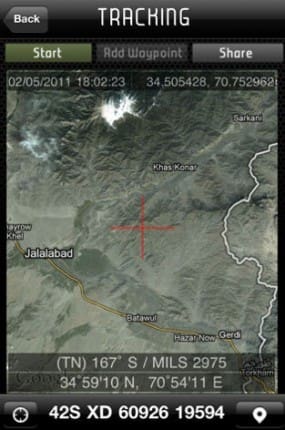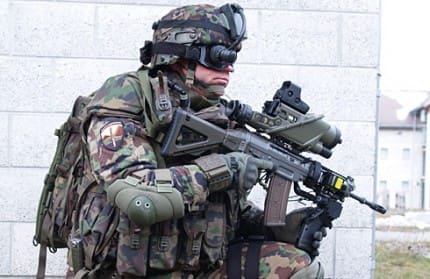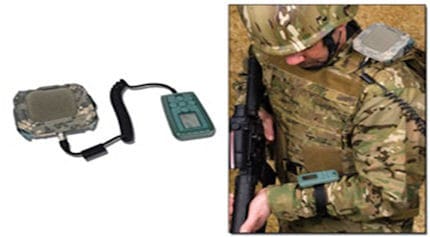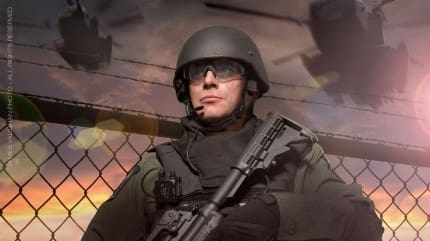Released at last week’s AUSA Winter Symposium in Orlando, FL, the CamoScience(tm) App from MW Research and Development, Inc will be relased in April. It is designed for use with smartphones and mobile touchscreens (including the upcoming iPad 2) and converts photos into camouflage designs.

CamoScienceâ„¢ is a photo application that turns site-specific photography into what its inventor calls “Photographic Camouflage.”
“‘Photographic Camouflage’ is the term I coined four years ago to describe any ‘camera-derived’ camo design,” said K. Dominic Cincotti, MW Research and Development President.
“Right now, we’re focused on special ops and first responders Apps,” Cincotti said. “They know what challenges they face and how quickly they want their problems solved. We also have our eyes on app developers who, like us, are interested in innovative problem solving. “If you’re in one of those categories, get in touch,” he said.
CamoScienceâ„¢ will also let users design Photographic Camouflage into a touch-screen grip for the iPad 2. Touchscreen grips provide functional, hand-traction grip to keep your iPad 2 safely in your grasp while mobile. This is accomplished with an extremely thin, adhesive graphic “skin,” with a unique frictional, micro-terrain.
We have almost no details about this technology other than their press release. We will update you as we get additional information.
HD@militarywraps.com or alternate for App Dev: CamoScience@gmail.comwww.militarywraps.com






















































































































